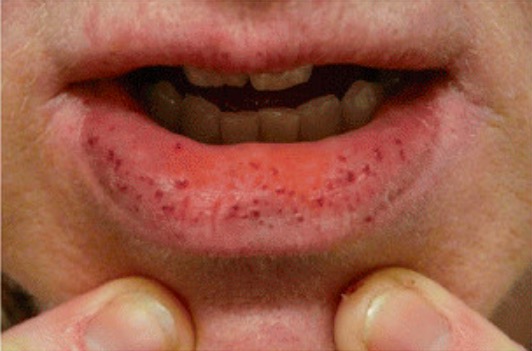Playlist
Show Playlist
Hide Playlist
Etiology of Clotting Factor Deficiencies
-
Bleeding Disorders Clotting Platelet Abnormalities.pdf
-
Download Lecture Overview
00:01 Let's now in words summarize what we just talked about in our previous discussion. 00:05 In clotting factor deficiencies, remind me, in which one of these hereditary bleeding diathesis would you only find an increase in bleeding time? Von Willebrand disease, correct. 00:17 Remember, hemophilia A and B or von Willebrand disease and both of these you would find an increase in PTT. 00:25 But in von Willebrand disease you would be able to distinguish that from hemophilia, remember, because von Willebrand factor was also required for adhesion so you'll also find an elevated bleeding time. 00:37 Acquired, if for whatever reason, alcohol, nonalcoholic steatohepatitis called NASH, autoimmune. 00:46 For whatever reason if there's liver disease, then you would make then result in acquired clotting factor deficiency. 00:53 Next, inhibition. 00:56 Acquired autoantibodies against your clotting factors And then DIC, the major issues there where we talked about different ideologies including maybe sepsis, including pregnancy complications, including eclampsia, maybe AML type 3 and so forth and with DIC, remember acutely, you would have an increase in BT, PT, PTT, D-dimer and a decrease in platelet count. 01:27 With clotting factor deficiencies, delayed bleeding after trauma. 01:30 So for example, platelet plug is formed but not stabilized by fibrin, and it quickly dissolves if you're dealing with delayed bleeding after trauma. 01:39 Menorrhagia in women, GI and GU bleeding and hemarthrosis, particularly in the hemophilias. 01:47 We'll talk about a little bit more in hemophilia A moving forward.
About the Lecture
The lecture Etiology of Clotting Factor Deficiencies by Carlo Raj, MD is from the course Hemostasis: Basic Principles with Carlo Raj.
Included Quiz Questions
Which of the following tests, although no longer commonly used, may distinguish von Willebrand disease from hemophilia A?
- Bleeding time
- Clotting time
- Partial thromboplastin time
- International normalisation ratio
- Prothrombin time
Which of the following tests is decreased in disseminated intravascular coagulation?
- Platelet count
- Bleeding time
- Prothrombin time
- D-dimer
- Partial thromboplastin time
Customer reviews
5,0 of 5 stars
| 5 Stars |
|
5 |
| 4 Stars |
|
0 |
| 3 Stars |
|
0 |
| 2 Stars |
|
0 |
| 1 Star |
|
0 |




